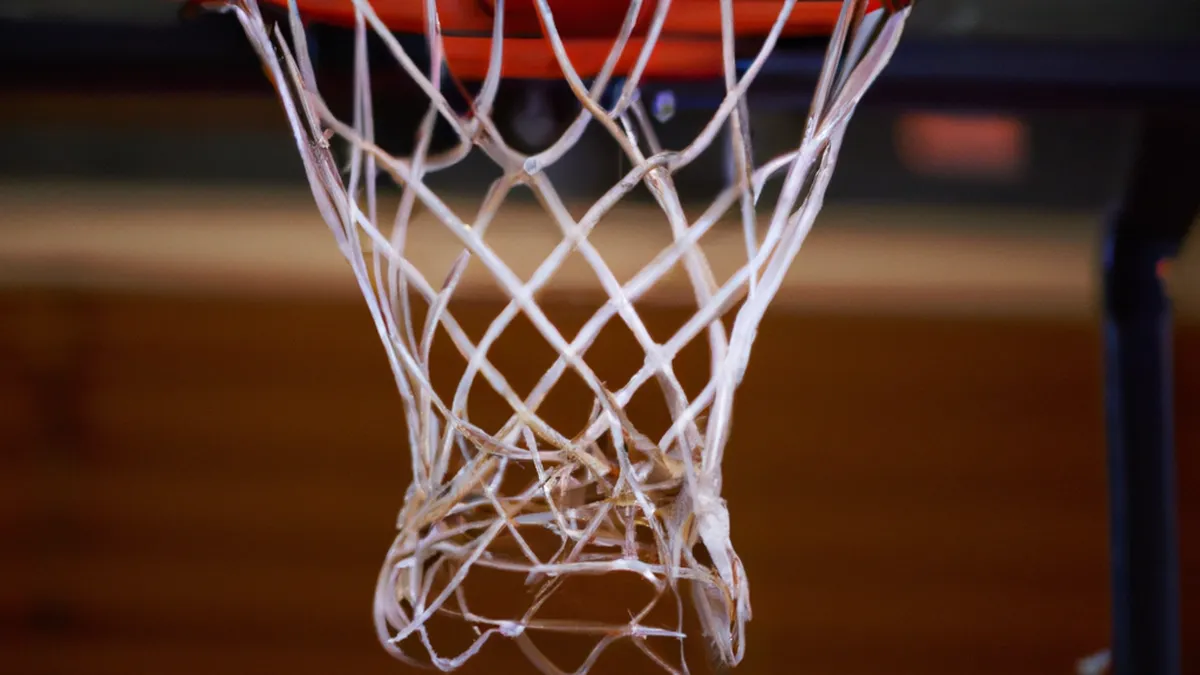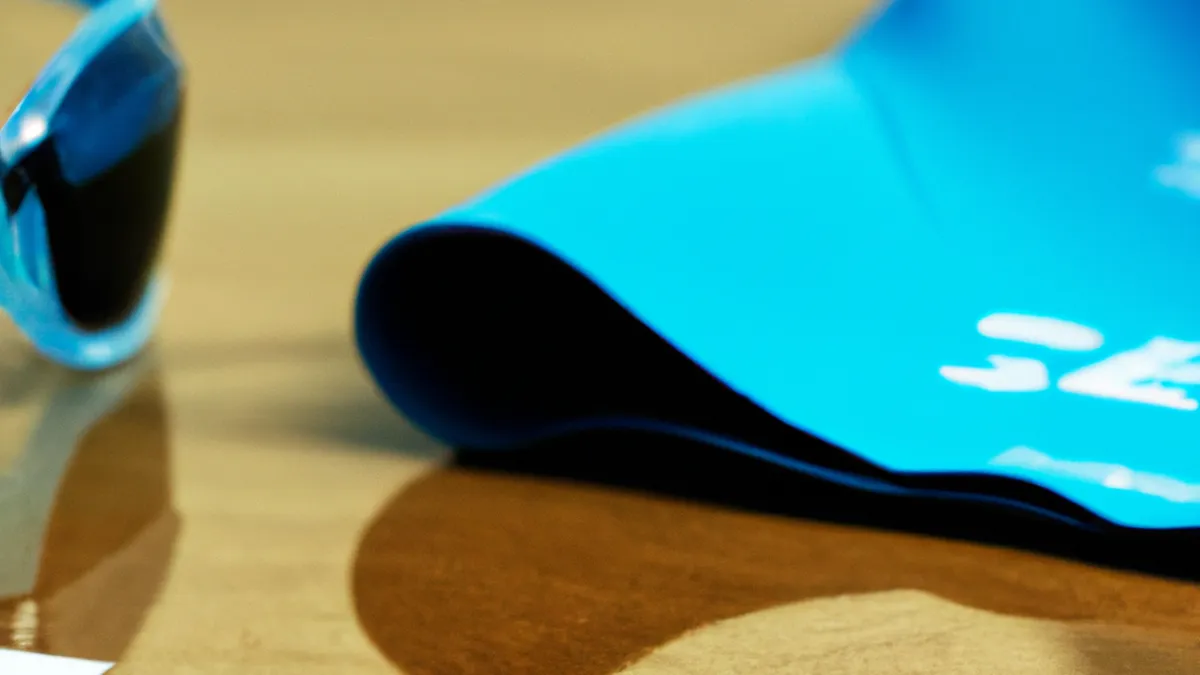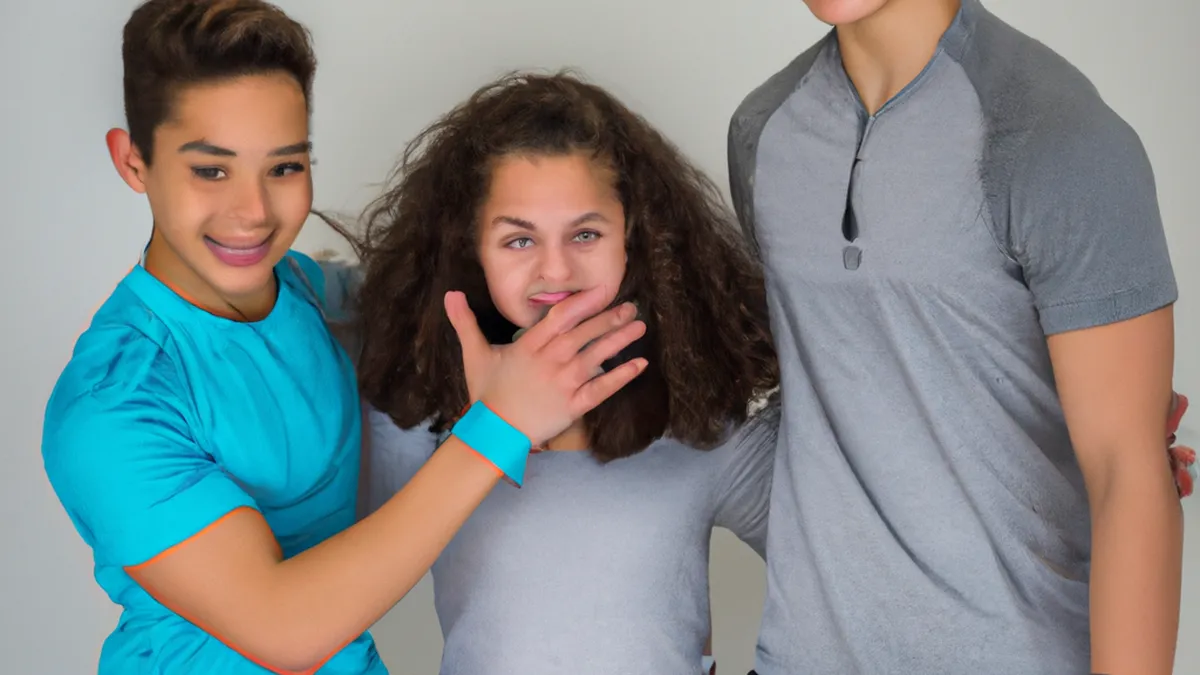Diverse Drills for Every Athlete’s Growth
Coaching Strategies for Diverse Skill LevelsCoaching athletes with different skill levels brings both rewards and challenges. Diverse skill sets enhance learning but require thoughtful coaching. Effective strategies create a positive environment that boosts performance, confidence, and team cohesion. This blog outlines strategies for coaching athletes at various skill levels.
Understand Individual Needs
Begin effective coaching by understanding each athlete’s unique needs. Every athlete has distinct strengths, weaknesses, and learning styles. Conduct skill assessments to identify their abilities and areas for improvement. Use simple drills to gauge their skills.After understanding skill levels, craft personalized development plans. Focus on foundational skills for beginners to build confidence. For advanced athletes, refine techniques and enhance tactical understanding. This assessment phase is crucial for tailored coaching methods.
Use Personalized Goals
As an Amazon Associate I earn from qualifying purchases.
Gear tip: consider kids jump rope, agility rings, and soft medicine ball to support this topic.
Set personalized goals for athletes at all levels. Goals provide direction and motivation. Start with achievable objectives for beginners to build skills incrementally. For example, beginners might aim to improve passing accuracy. Advanced athletes can master specific techniques for competition.Personalized goals engage athletes and foster ownership of their development. Tailored goals motivate athletes to put in the necessary effort.
Foster a Growth Mindset
Fostering a growth mindset significantly impacts athletes. A growth mindset believes abilities can develop through dedication and hard work. This perspective encourages resilience and a love for learning—essential qualities for all athletes.Encourage athletes to embrace challenges and learn from criticism. Celebrate effort rather than just results. This shift transforms the training experience and promotes improvement through hard work. Athletes become willing to take risks and step outside their comfort zones, enhancing performance and team culture.
Implement Varied Drills
Implement varied drills to accommodate diverse skill levels during training. Start with basic exercises for beginners, focusing on fundamentals. Gradually introduce complex drills as athletes progress to challenge their abilities. This variation keeps all athletes engaged and challenged.Incorporate different activities, such as skill-specific drills and small-sided games, to cater to various skill levels.
Conclusion
In summary, effective coaching requires understanding individual needs, setting personalized goals, fostering a growth mindset, and implementing varied drills. These strategies enhance performance and create a supportive team environment.
Below are related products based on this post:
FAQ
What is the importance of understanding individual needs in coaching?
Understanding individual needs is crucial as it helps identify each athlete’s strengths, weaknesses, and learning styles. Conducting skill assessments allows coaches to create personalized development plans that focus on foundational skills for beginners and refining techniques for advanced athletes.
How can personalized goals benefit athletes of different skill levels?
Personalized goals provide direction and motivation, allowing athletes to take ownership of their development. For beginners, achievable objectives help build skills incrementally, while advanced athletes can focus on mastering specific techniques, keeping them engaged and motivated.
What role does a growth mindset play in athlete development?
A growth mindset encourages athletes to believe that their abilities can improve through dedication and hard work. This perspective fosters resilience, a love for learning, and a willingness to embrace challenges, ultimately enhancing performance and contributing to a positive team culture.















Post Comment